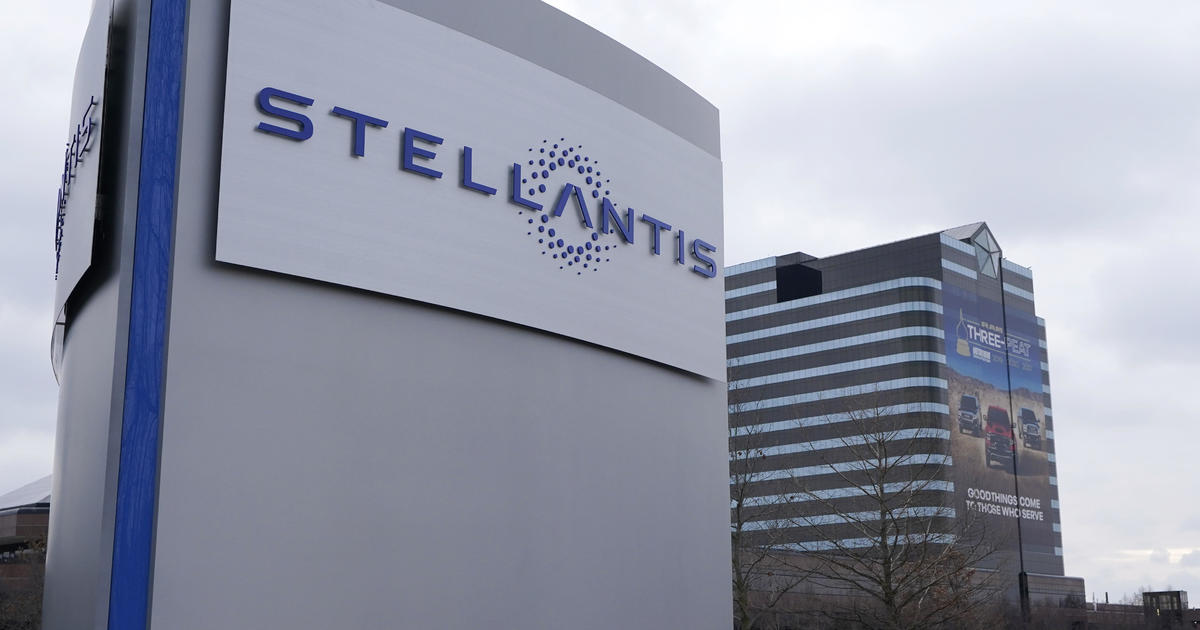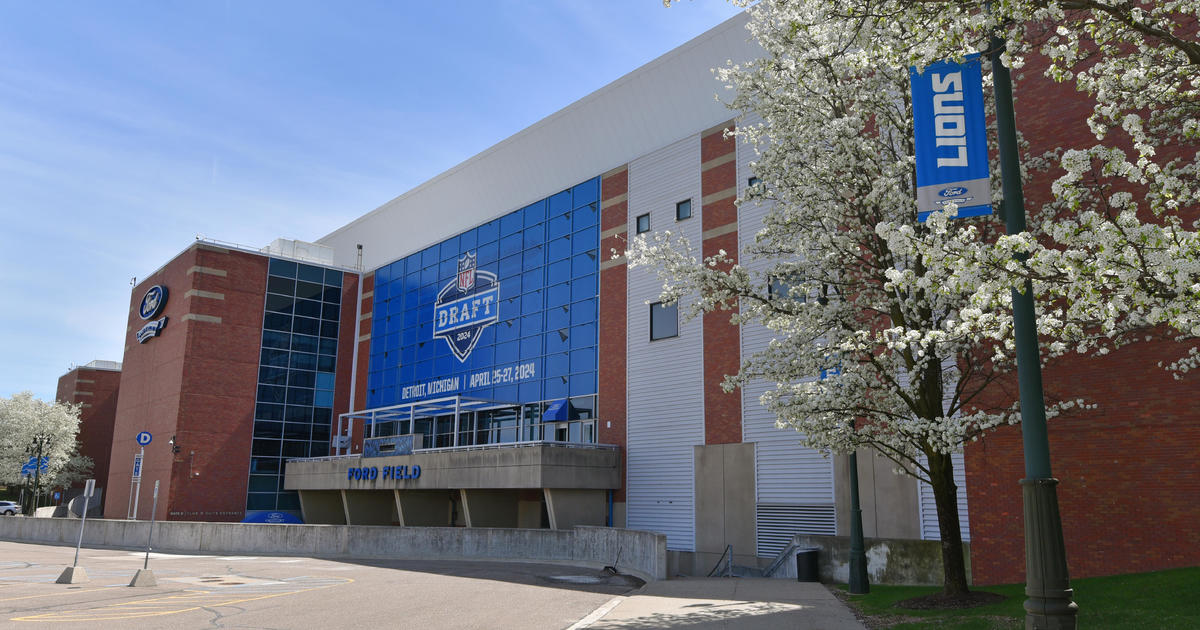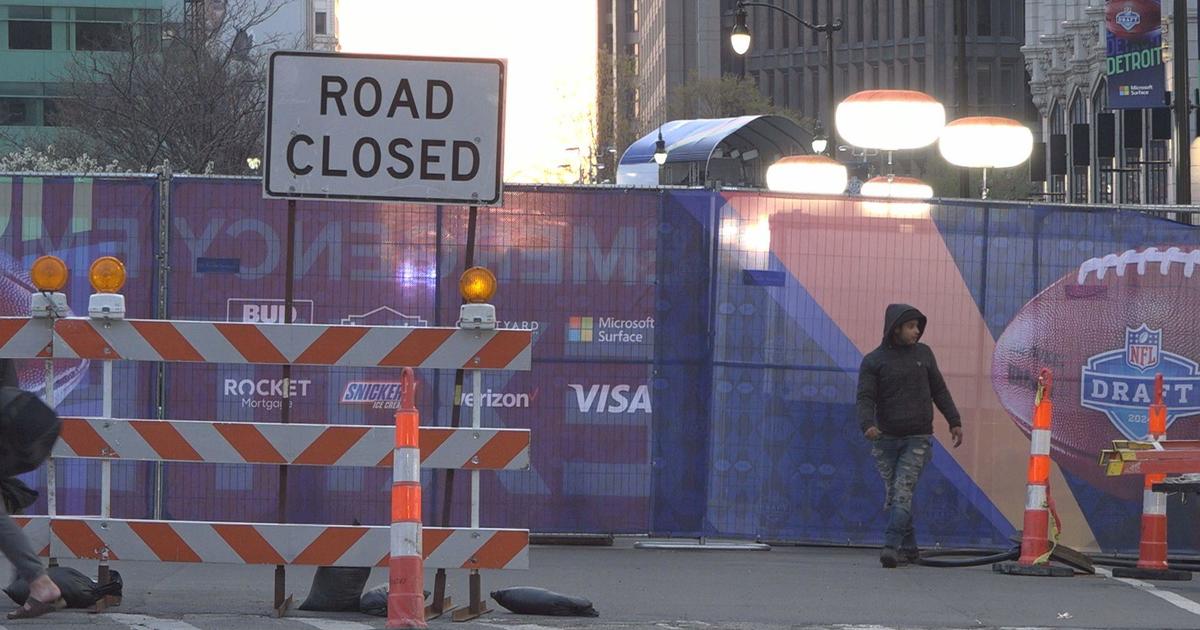Japan Quake Parts Shortages Worsening
Podcast
Interview: WWJ AutoBeat Reporter Jeff Gilbert talks with Mike Robinet of IHS Automotive about parts shortages because of the Japan quake.
TOKYO (WWJ/AP)-The auto industry disruptions triggered by Japan's earthquake and tsunami are about to get worse.
"This is the biggest impact ever in the history of the automobile industry,'' says Koji Endo, managing director at Advanced Research Japan in Tokyo.
In the weeks ahead, car buyers will have difficulty finding the model they want in certain colors, thousands of auto plant workers will likely be told to stay home, and companies such as Toyota, Honda and others will lose billions of dollars in revenue. More than two weeks since the natural disaster, inventories of crucial car supplies - from computer chips to paint pigments - are dwindling fast as Japanese factories that make them struggle to restart.
"Most vehicle manufacturers will have anywhere between four to six weeks of inventory either on hand or in shipment," says Michael Robinet, director of global production forecasting for IHS Automotive. "Probably, around the middle of April, we're really going to feel the effects of suppliers not getting key components, and also the vehicle manufacturers beginning to run dry on key components."
Because parts and supplies are shipped by slow-moving boats, the real drop-off has yet to be felt by factories in the U.S., Europe and Asia. That will come by the middle of April. Robinet says car companies are scrambling the deal with the crisis.
"Certainly every vehicle manufacturer, as well as suppliers, have crisis teams that are working around the clock to try and find a new supply, if possible, or try to prioritize those assembly plants that they want to keep going longer," Robinet told WWJ AutoBeat Reporter Jeff Gilbert.
That's why General Motors closed its Shreveport, Louisiana plant for a week, and is reopening it now. Ford, meanwhile is closing a plant in Belgium, so that it can use parts elsewhere.
Much of Japan's auto industry - the second largest supplier of cars in the world - remains idle. Few plants were seriously damaged by the quake, but with supplies of water and electricity fleeting, no one can say when factories will crank up. Some auto analysts say it could be as late as this summer.
Hitachi Automotive Systems, which makes parts such as airflow sensors and drive control systems, is waiting for its suppliers to restart while dealing with its own problems. Its plants are without water and gas, and have rolling electricity blackouts. Workers are repairing crumpled ceilings, fallen walls and cleaning up shattered glass. A spokesman says he doesn't know when its plants will reopen.
The uncertainly has suppliers, automakers and dealers scrambling. And it exposes the vulnerability of the world's most complex supply chain, where 3,000 parts go into single car or truck. Each one of those parts is made up of hundreds of other pieces supplied by multiple companies. All it takes is one part to go missing or arrive late, and a vehicle can't be built.
And, it's not easy for companies to replace those parts.
"The parts we are talking about are very, very specialized, really meant for each specific vehicle," said Robinet. "They range from paint pigments, to seals, to electronic components."
The pigment issue means that Ford has told dealers to stop ordering "tuxedo black" models of it's F-150 pickup. Chrysler, meanwhile, has told dealers that it's temporarily restricting orders or vehicles in ten different colors. That's causing some concern at the dealership level.
"It's hard enough to sell a $60,000 Navigator in this economy,'' says Fortunes O'Neal, general manager at Park Cities Ford in Dallas. ``We don't want to have to tell customers, `You've got to pick another color.'''
Customers also face rising prices for models like Toyota's Prius, which is made only in Japan. Fears of falling supply have some dealers driving a hard bargain with customers who want the fuel- efficient hybrid as gasoline prices rise. Recent discounts of 5 to 10 percent on that car are disappearing.
Japanese carmakers, who have shut most of their domestic plants, are warning that some of their overseas factories will stop running, too, in an effort to conserve supplies. Toyota and Honda expect shutdowns at North American plants. Honda says production could be interrupted after April 1. Even though most of its parts are sourced in the region, a few critical ones still come from Japan.
Goldman Sachs estimates the shutdowns are costing the Japan automakers $200 million a day, which adds up to $2.8 billion for just the past two weeks. Each week of continued shutdowns costs $1.4 billion. By comparison, Toyota made $2.3 billion in all of 2010, and its sudden acceleration recalls cost $2 billion. The cost of damage from Japan's natural disaster could dwarf that recall, which was considered Toyota's biggest crisis ever.
IHS Automotive predicts that one-third of daily global automotive production will be cut because of supply chain disruptions. That means about 5 million vehicles worldwide won't be built, out of the 72 million vehicles planned for production in 2011.
To get a feel for the supply chain, consider a car radio. It's made up of hundreds of pieces from all over the world. The display may come from a supplier in Japan, while the wiring and circuitry originate in Korea. The plastic knobs could come from a company in China, and the metal structure that holds it all together is shipped from India.
All those parts come together at different times: The wiring and electronic components are installed into the metal frame. Then that piece is shipped to another supplier, who snaps on the plastic face and knobs. The radio could pass through three or four suppliers before being put on a ship, where it will spend weeks at sea heading to its final destination: The assembly plant.
"This isn't just as straightforward as assembling the iPad 2,'' says Brian Johnson, an autos analyst with Barclays Capital.
An example of Japan's importance in auto parts: its suppliers make many of the electronic components that control music systems and the sensors that monitor fuel levels and airbags.
Although most Japanese auto parts makers are not located in the areas that were inundated by the tsunami, between quake damage, electricity outages and water cutoffs, many factories in the region have remained paralyzed ever since.
Suppliers could be up and running again in April, but it could take until May or June for the entire supply base to be back.
WWJ AutoBeat Reporter Jeff Gilbert and The Associated Press contributed to this report.



